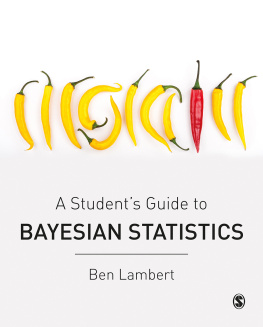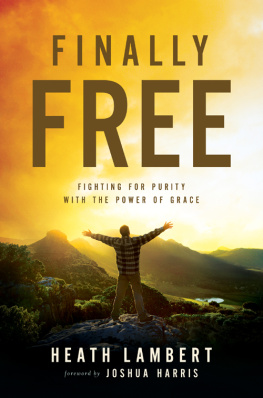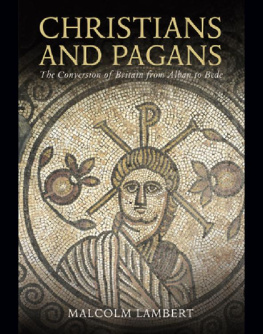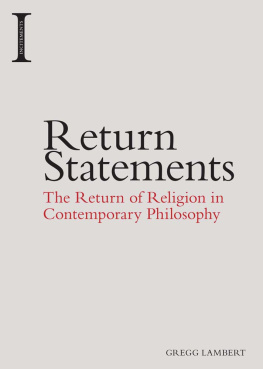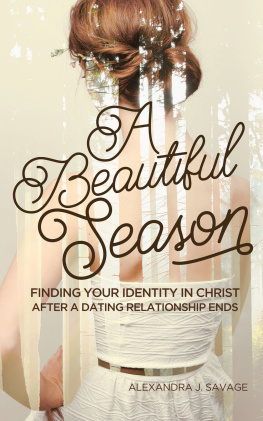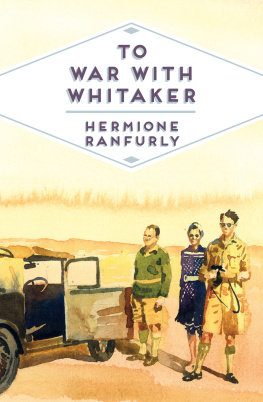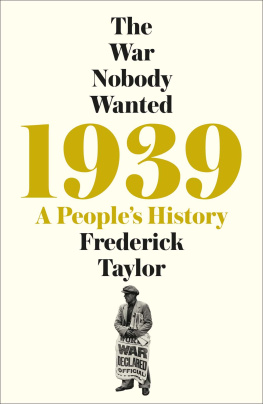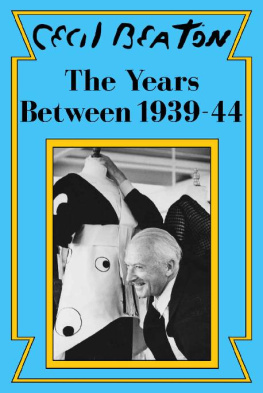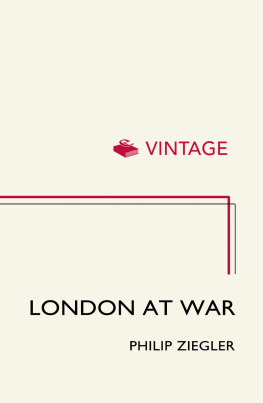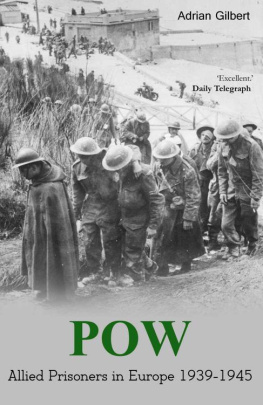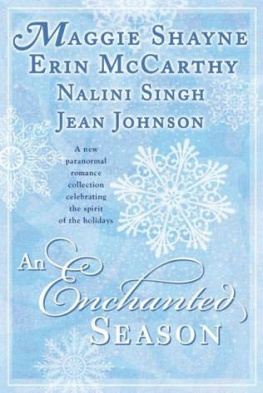1939: THE LAST SEASON OF PEACE

Angela Lambert

Contents
This book wouldnt have been worth writing without the first-hand evidence and reminiscences of those who were young in the Season of 1939. I contacted over a hundred of the debutantes of that year, and more than twenty of their escorts. To all those who answered my letters, a long questionnaire, telephone calls and what seemed to some of them, at least a number of impertinent enquiries: my very grateful thanks. My views about the purpose and merit of the Season differ, in most respects, from theirs; and although I have tried to suppress my own opinions and record their testimony, I should like to stress that my views are solely my responsibility.
The first breakthrough in my research came when Mrs Patrick Sandilands (ne Madeleine Turnbull) answered a personal column advertisement in The Times, in which I had asked debutantes of 1939 to get in touch with me. Her generous, encouraging, amusing letter, filled with breezy anecdotes about her young life half a century ago, was the start of a long correspondence. For all those letters, and for her warmth and hospitality when I visited her in Scotland, my special thanks.
The other person whose prompt and lively reply launched me into my research was Mrs Aidan Long (ne Helen Vlasto) ; and for her insights into the manners and mores of that world, and the contacts she gave me with contemporaries who have remained her friends to this day; and for bringing with her to our meeting her Prince of Wales feathers and two jewelled evening bags, to give you a whiff of those times; and for her letters and the permission to quote from her book for all this, I am most grateful.
I cannot spell out my gratitude one by one to more than a hundred people. My thanks are equally due, however, to all those listed below: they know that I owe this book to their kindness.
For welcoming me into their homes, talking to me at great length and showing me photographs, letters, invitations and other mementoes, I am very grateful to the Hon. Mrs Forbes Adam (ne the Hon. Vivien Mosley); Mrs Christopher Bridge (ne Dinah Brand); the Hon. Basil Ken worthy; Lady Diana Milles-Lade; the Hon. Lady Beckett (ne the Hon. Priscilla Brett); Lady Roderic Pratt (ne Ursula Wyndham-Quin); Mrs Marigold Charrington; Lady Mary Dunn; the Hon. Mrs Baring (ne the Hon. Sarah Norton); Mrs John Miller (ne Christian Grant); Mrs Tony Sheppard (ne Rosamund Neave); Mr Tom Vickers; Viscount Hood; Mr Charles Fuller; the Hon. Lady Chichester (ne the Hon. Anne Douglas-Scott-Montagu); Mr Ronnie Kershaw; Miss Elizabeth Lowry-Corry; the Countess of Sutherland (ne Elizabeth Leveson-Gower) ; Mrs Archie Mackenzie (ne Ann Schuster); Lady Sarah Churchill; Mr Alexander Ballingal; Mr Paul Tanqueray.
For giving me tape-recorded interviews and allowing me to use all material, I am also very grateful to: Mrs Roderick Heathcoat-Amory (ne Sonia Denison); Earl Haig; Lady Cathleen Hudson (ne Lady Cathleen Eliot); Mrs Denzil Sebag-Montefiore (ne Ruth Magnus); the Earl of Cromer; Lady Anne Mackenzie (ne Lady Anne Fitzroy).
I sent questionnaires to a further sixty people whose current names and addresses I had managed to track down, usually with the unstinting help of Mr Peter Townend. Of those who replied, two wrote such wonderfully detailed letters (the rare quality of their recall will be obvious from many quotations in the book) that I must mention them individually. They were Mrs Peter Tabor (ne Juliet Mollie Acland) and Mrs William Tait Campbell (ne Rhoda Walker-Heneage-Vivian). But I am enormously grateful to all the following, who answered my questionnaire, and/or my letters and phone calls, and gave me useful and often very detailed information: the Marquess of Abergavenny; the Hon. Mrs Callinicos (ne the Hon. Aedgyth Acton) ; Countess Raben (ne Noreen Bailey); Mrs Charles Morton (ne Betty Blake); Mrs John Shaw (ne Eve Buxton); Earl Cathcart; Lady Caroline Waterhouse (ne Lady Caroline Spencer-Churchill) ; Margaret, Lady Amherst of Hackney (ne Margaret Clifton-Brown); the Hon. Mrs Moore (ne the Hon. Sheila Digby) ; Lady Foley (ne Ghislaine Dresselhuys) ; Lady Gillian Anderson (ne Lady Gillian Drummond) ; Lady Bridget Miller Mundy (ne Lady Bridget Elliot) ; Mrs Carrick-Smith (ne Lindsey Furneaux) ; Lord Glendevon; Mrs Michael Gordon-Watson (ne Thalia Gordon); Mrs Millard (ne Lola Grixoni) ; Lady Brigid Ness (ne Lady Brigid Guinness) ; Lady Gibson-Watt (ne Diana Hambro) ; Lady Elizabeth Bonsor (ne Elizabeth Hambro) ; the Countess of Cromer (ne the Hon. Esm Harmsworth) ; Lady Desmond Chichester (ne Felicity Harrison) ; Miss Helen Hoare ; Mrs M.O.Pease (ne Virginia Hughes-Onslow); Mrs Peter Dean (ne Cynthia Joseph); the Hon. Lady Hood (ne the Hon. Ferelith Ken-worthy) ; Mr Anthony Loch ; Lady Jean Leslie Melville ; Mrs Peter Green (ne Susan Meyrick) ; the Duchess of Northumberland (ne Lady Elizabeth Montagu Douglas Scott) ; Miss Barbara Murray ; Mrs Daphne Seidler (ne Daphne Pearson) ; Lady Killearn (ne Nadine Pilcher) ; Mrs Charles DOyly (ne Mary Pollock); Mrs Jack Harrison-Cripps (ne Margaret Proby); Mrs R.M.Chaplin (ne Susan Ridley); Lord Savile; Mrs Diana Collins (ne Diana Trafford) ; Mr George Turnbull; Lady Aldenham (ne Mary Tyser); Mrs Rhona Peyton-Jones (ne Rhona Wood).
I am also indebted to Mr John Titman, the Secretary to the Lord Chamberlains Office, for his help in identifying debutantes who were presented in 1939.
Two particular debts remain. The first is to Mr Peter Townend, editor of Burkes Peerage and Social Editor of the Tatler. His encyclopaedic knowledge of the British upper classes, not merely over the last fifty years, but stretching back two or three centuries, never ceased to amaze me. He was extraordinarily generous in placing this expertise at my disposal. He allowed me to come to his flat and consult his personal archives of the Bystander. He took dozens of telephone calls from me, answering questions which ranged from the most ignorant to the most obscure. He checked my manuscript for correct nomenclature, and saved me from several howlers. The howlers that remain are all my own. The specialized knowledge is all his.
In addition, Mrs Peter Green (ne Susan Meyrick) sent me a treasure through the post, in the form of her wonderful scrapbook for the decade 193646, which kept me and my family enthralled for hours. It has provided many of the illustrations for this book ; but also gave me the atmosphere of the period, by way of the ephemera that she had carefully preserved, which was invaluable. I am most grateful to her for entrusting her precious album to me.
Finally, for the spadework in getting together the evidence for this book and then presenting it in an orderly form, my thanks go to Miss Isobel Beney, for her help with transcription of tapes, and to my daughter, Carolyn Butler, who typed the manuscript immaculately and twice.
ANGELA LAMBERT
London, January-August 1988
Part One
The Girls from the Stately Homes of England
Chapter One
Becoming a Deb is a Difficult Matter: Who Did the Season, and Why ?
They were called Guinevere and Georgina and Ghislaine and June, the debutantes of 1939; Patty and Betty and Dorothy and Nan. One of them, an unfortunate girl for reasons quite apart from her name, was called Doreen. There were, as the



